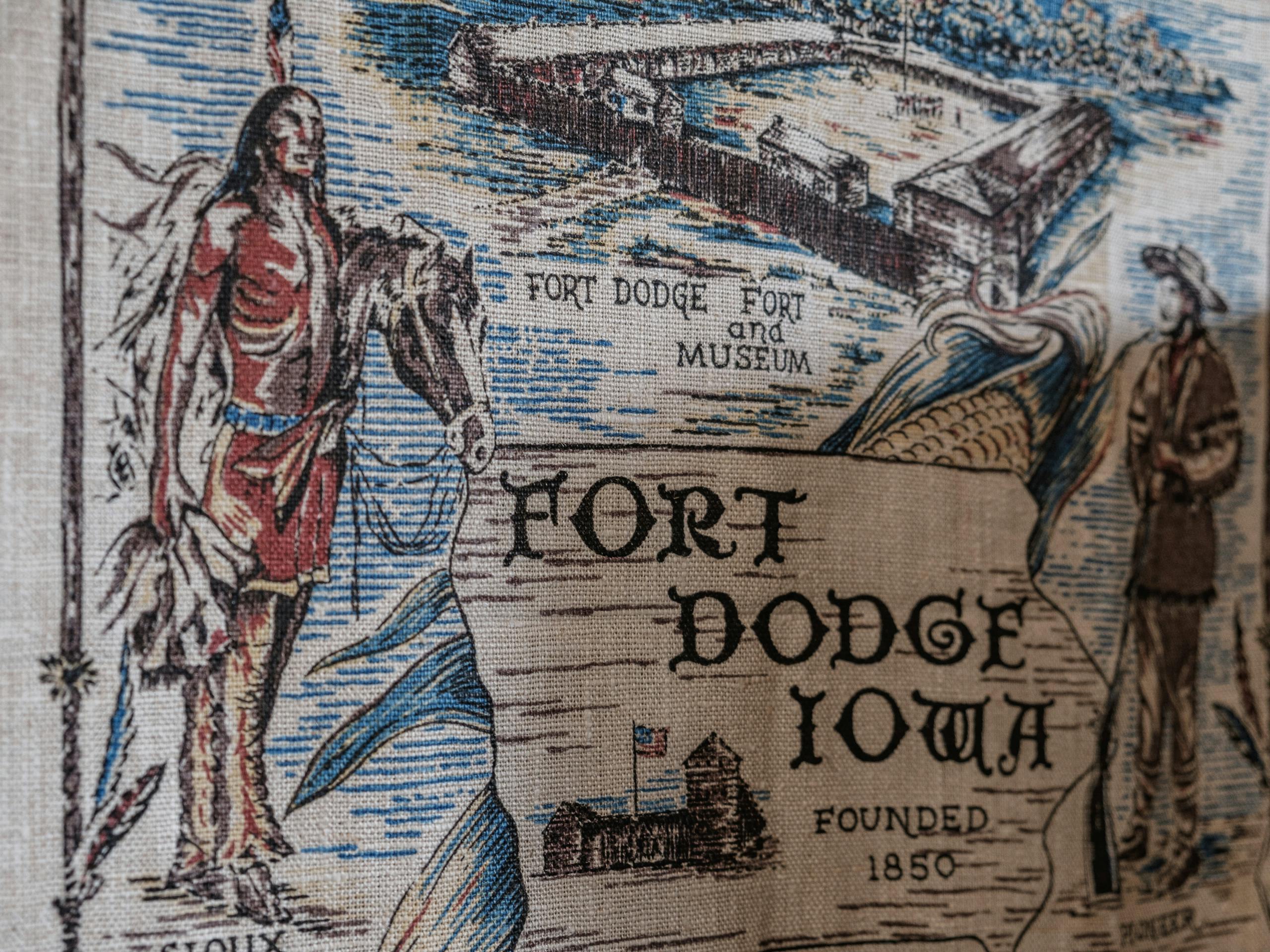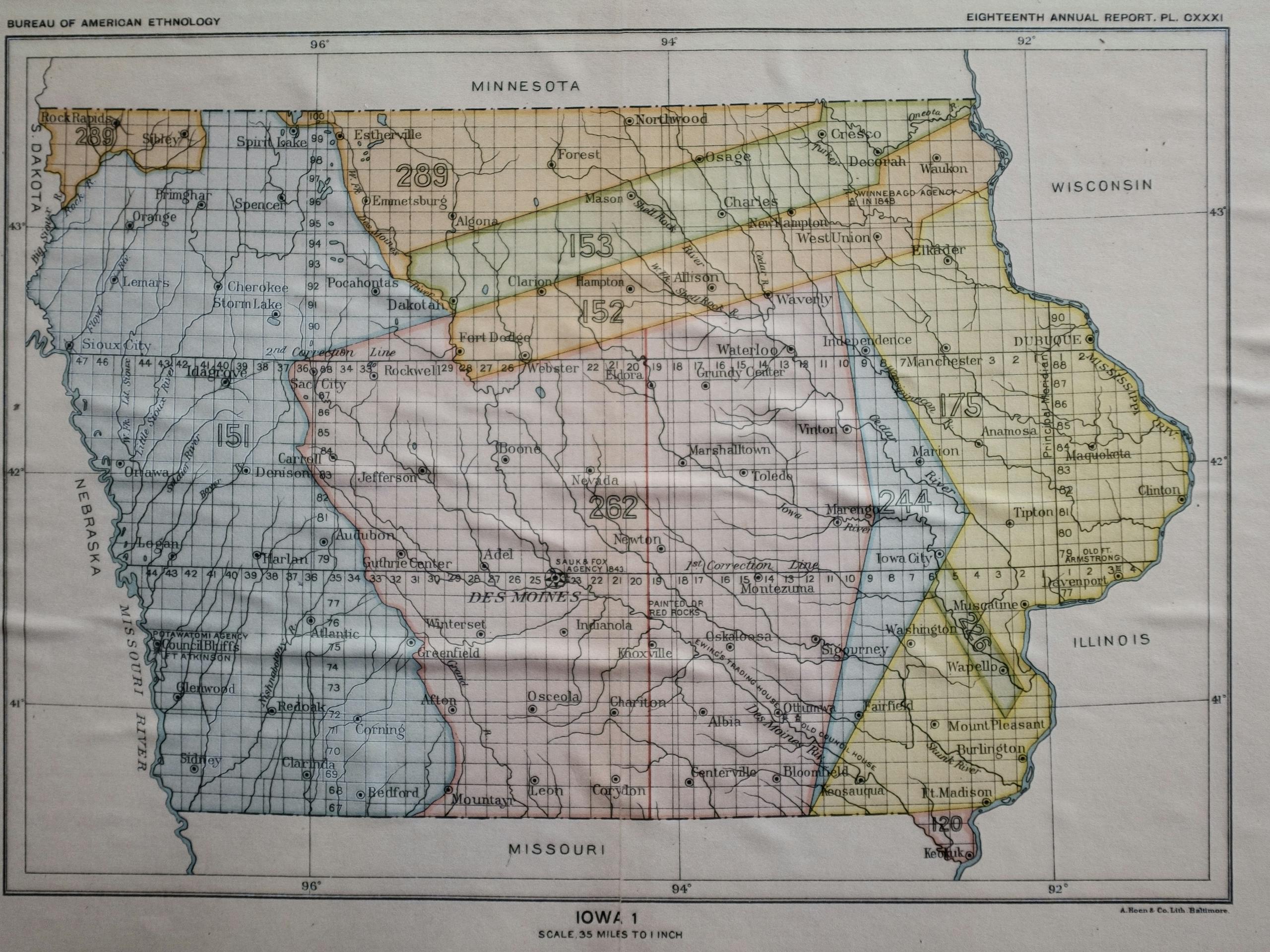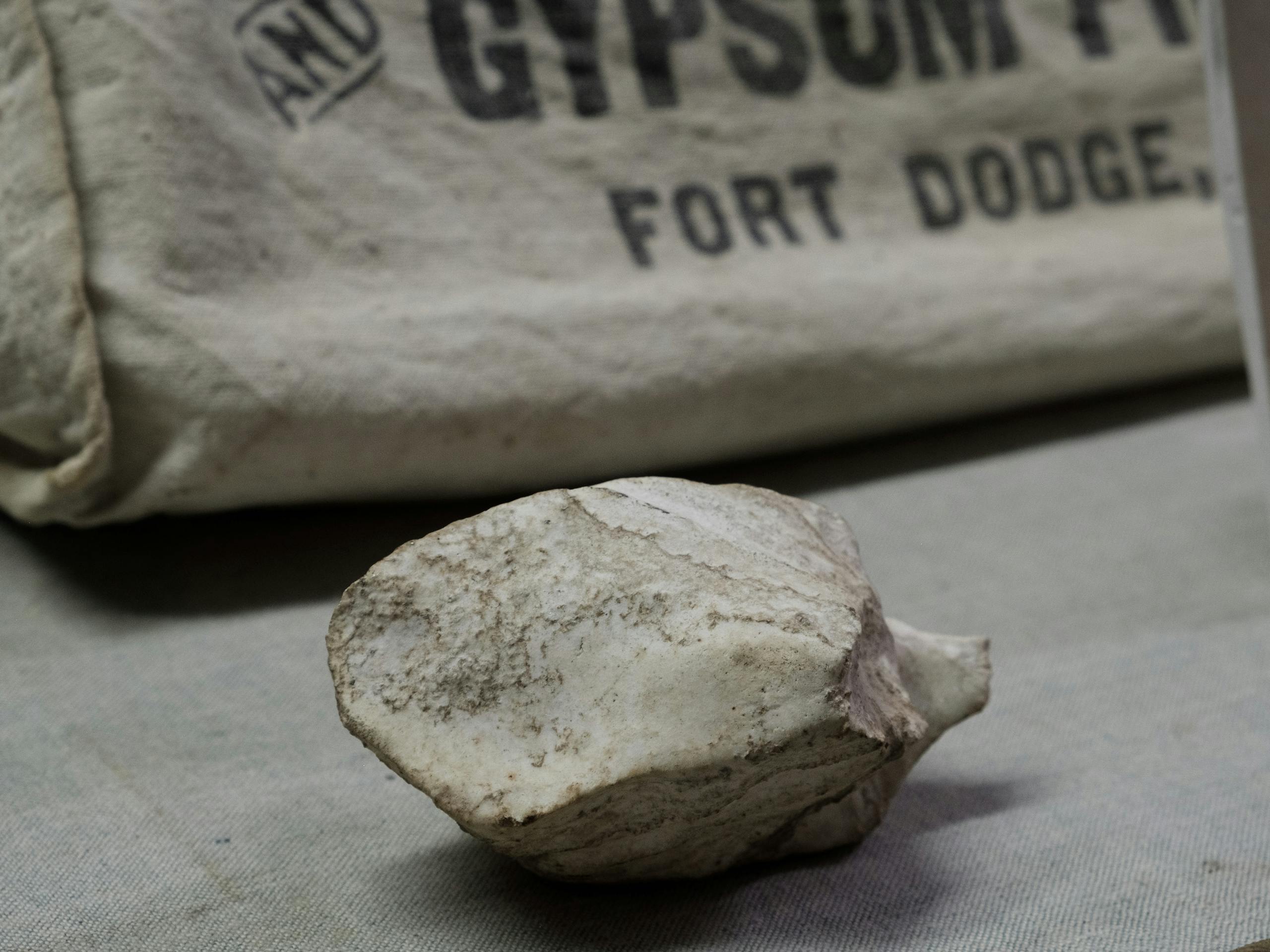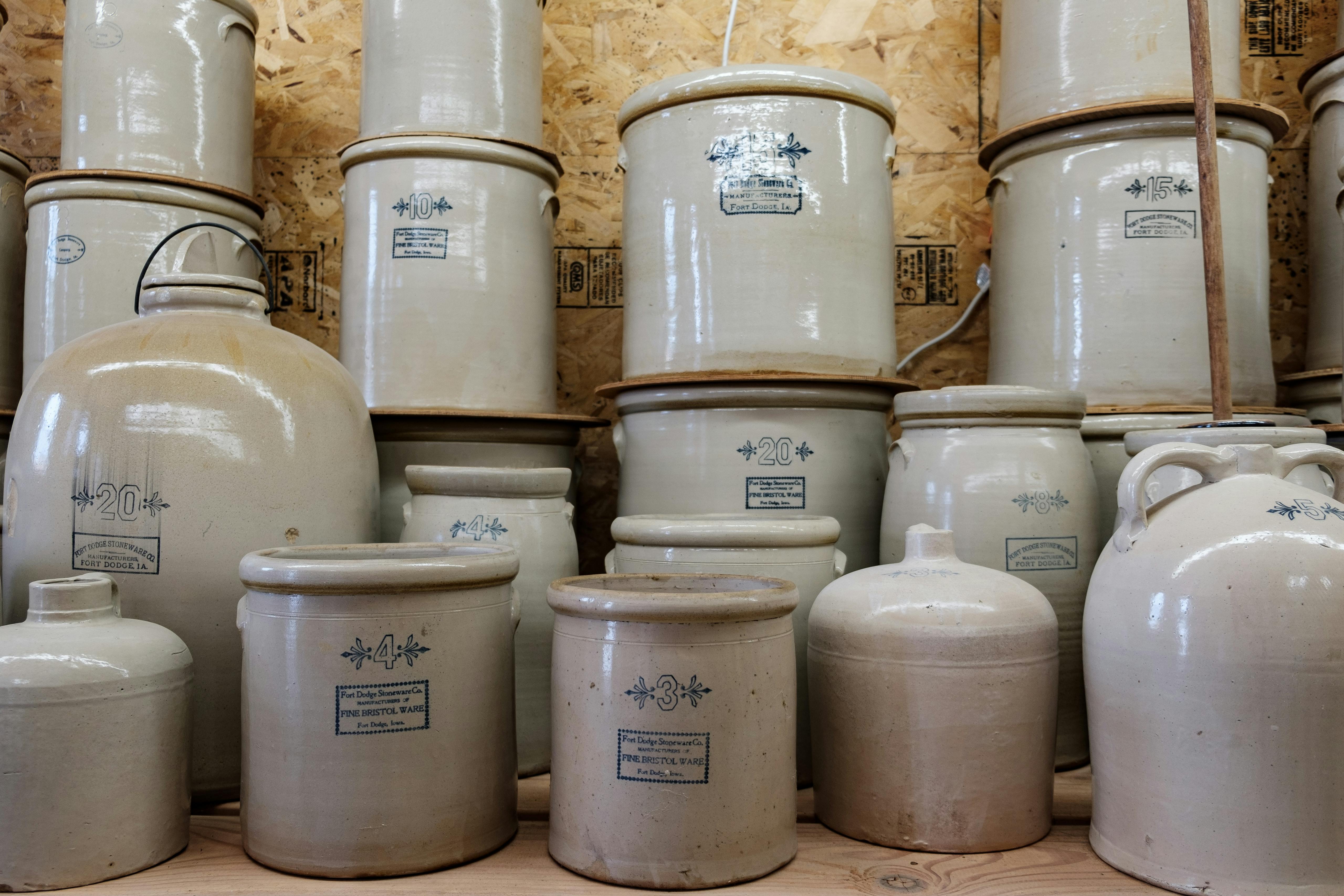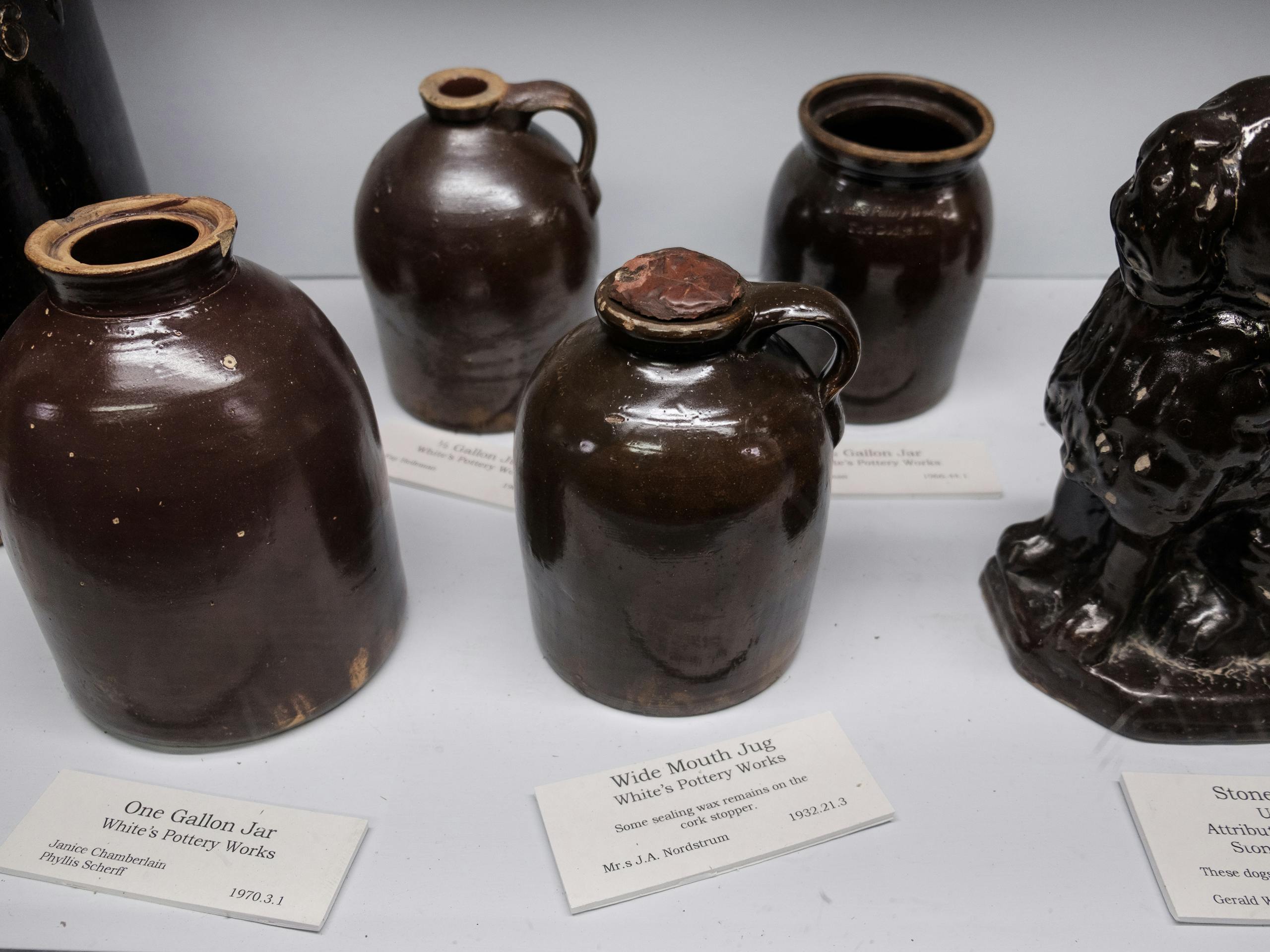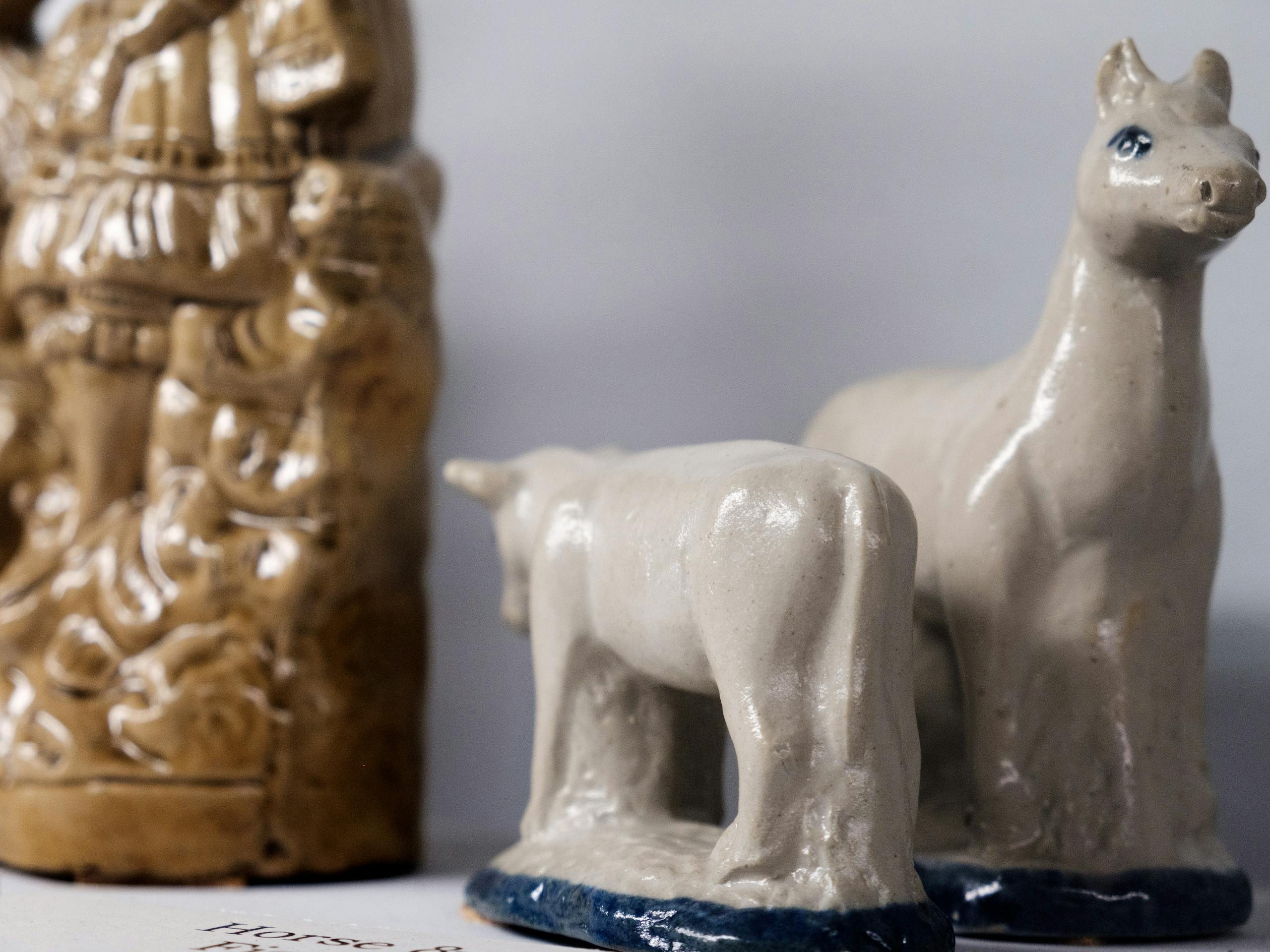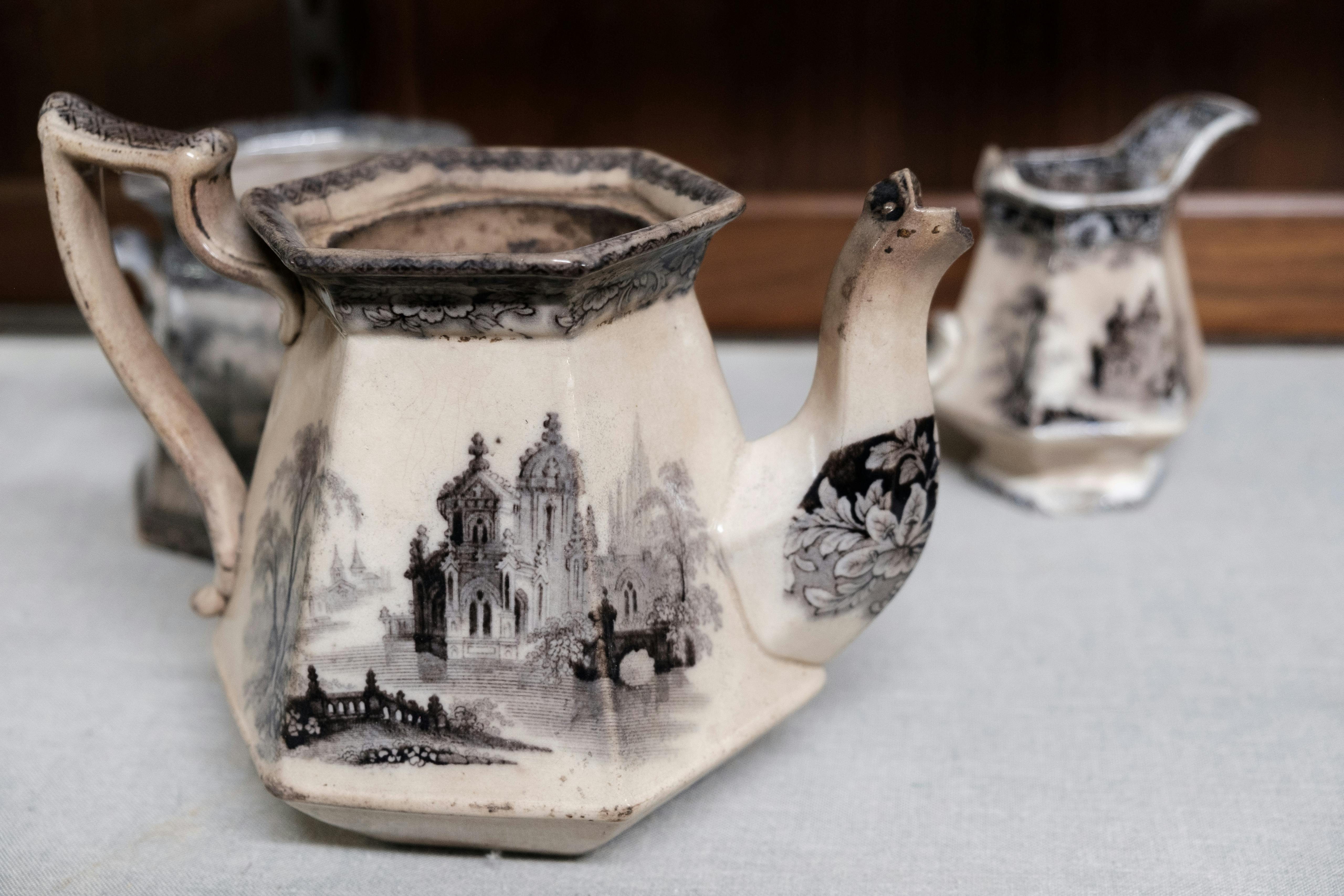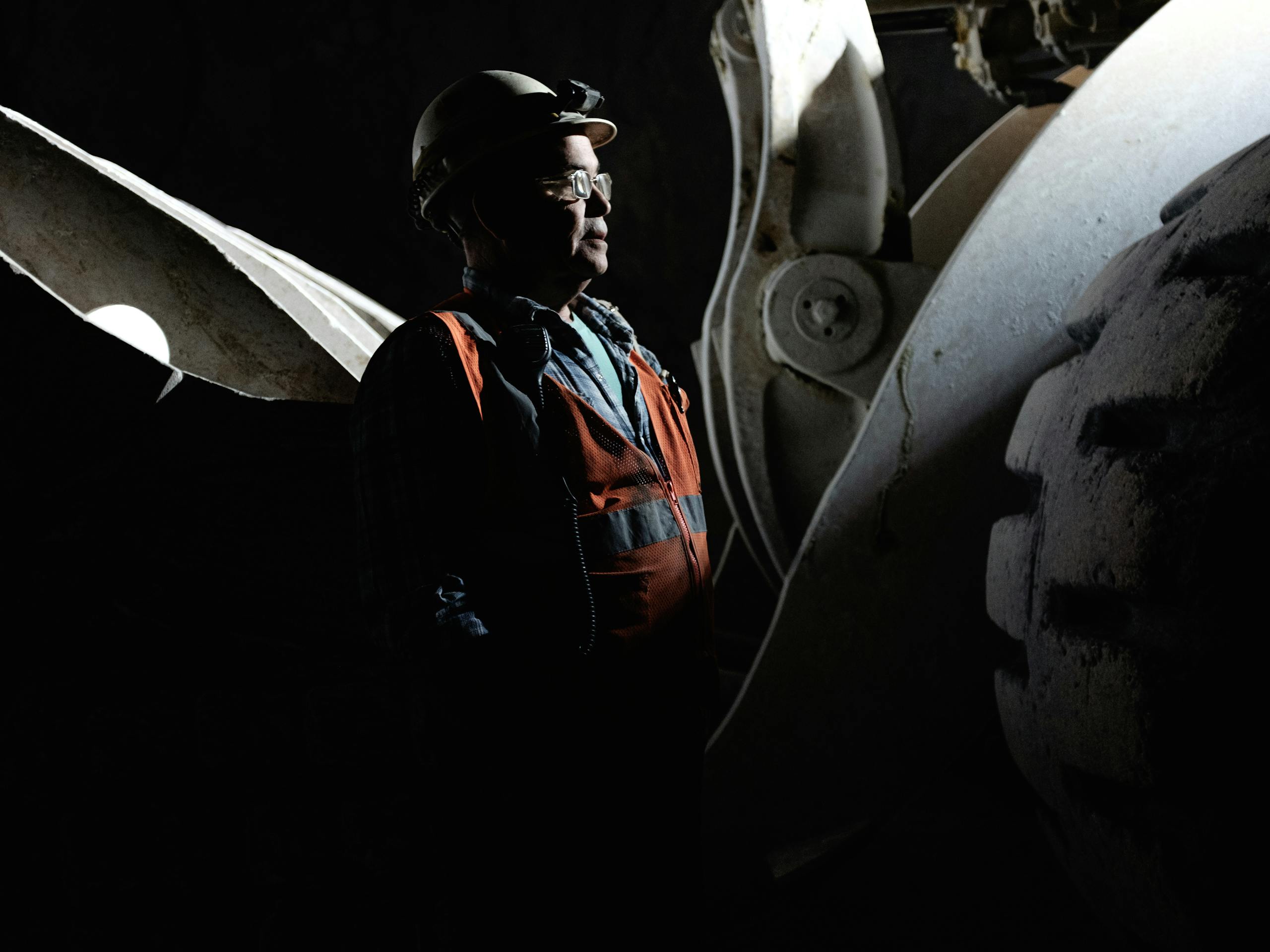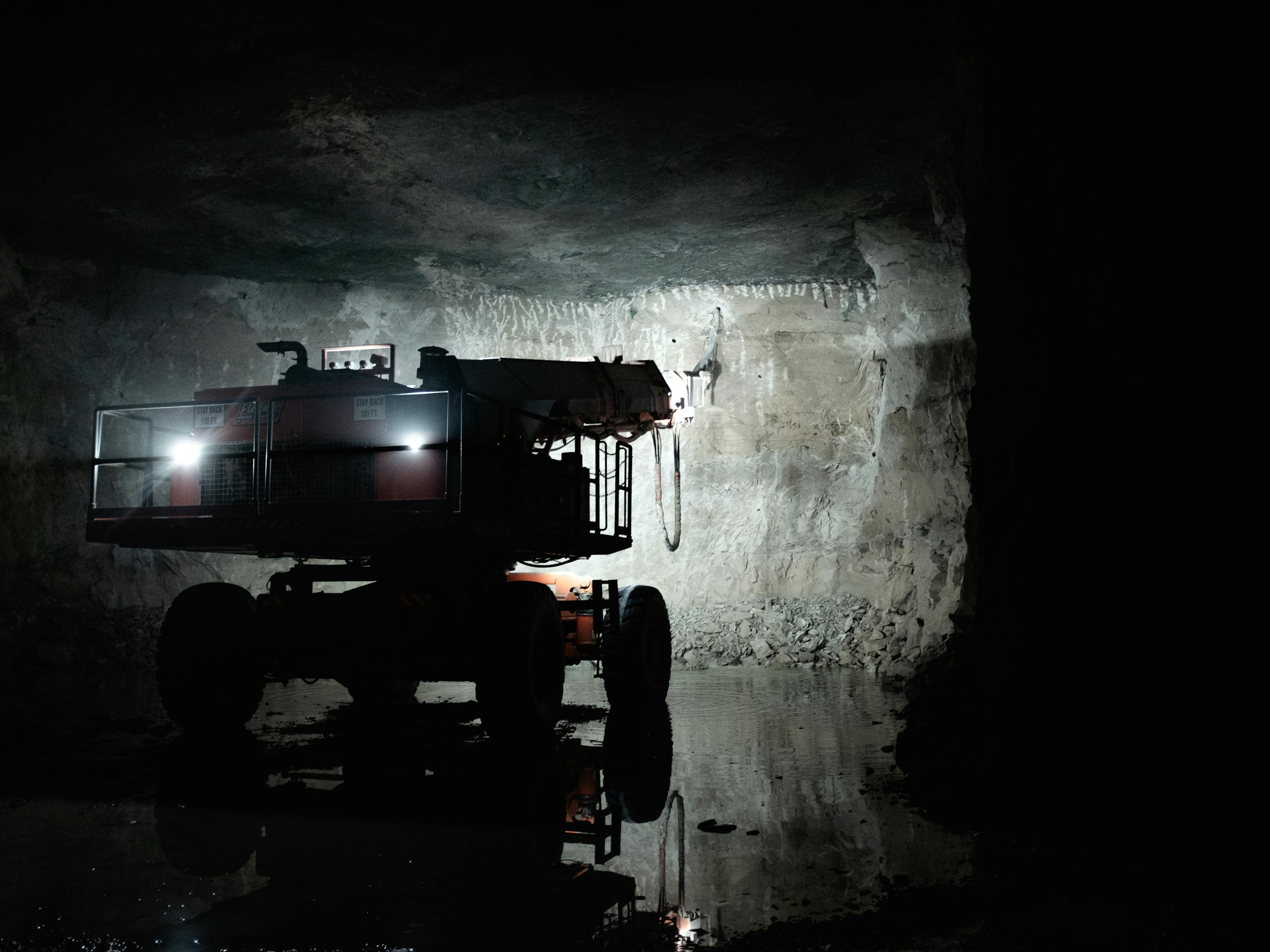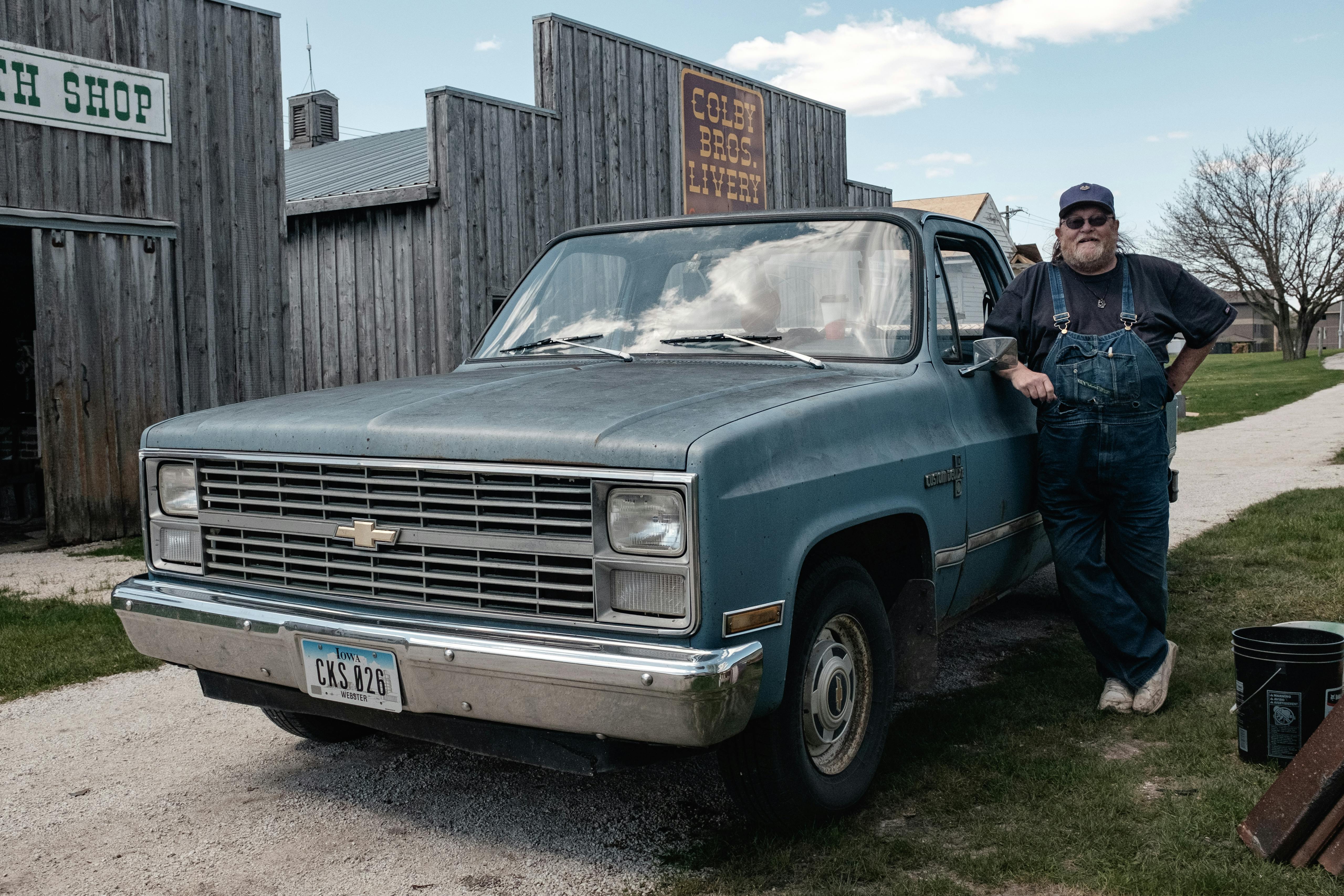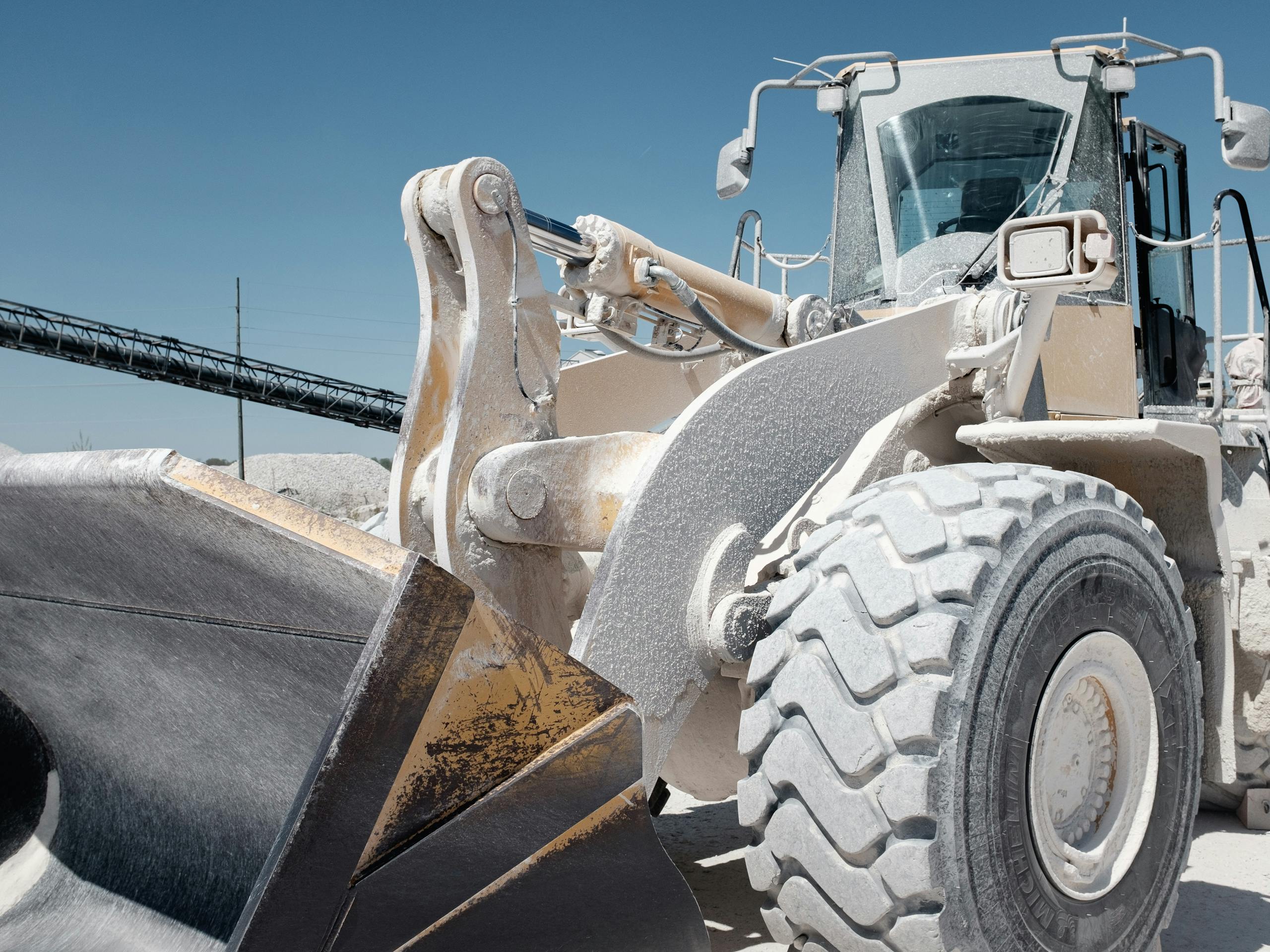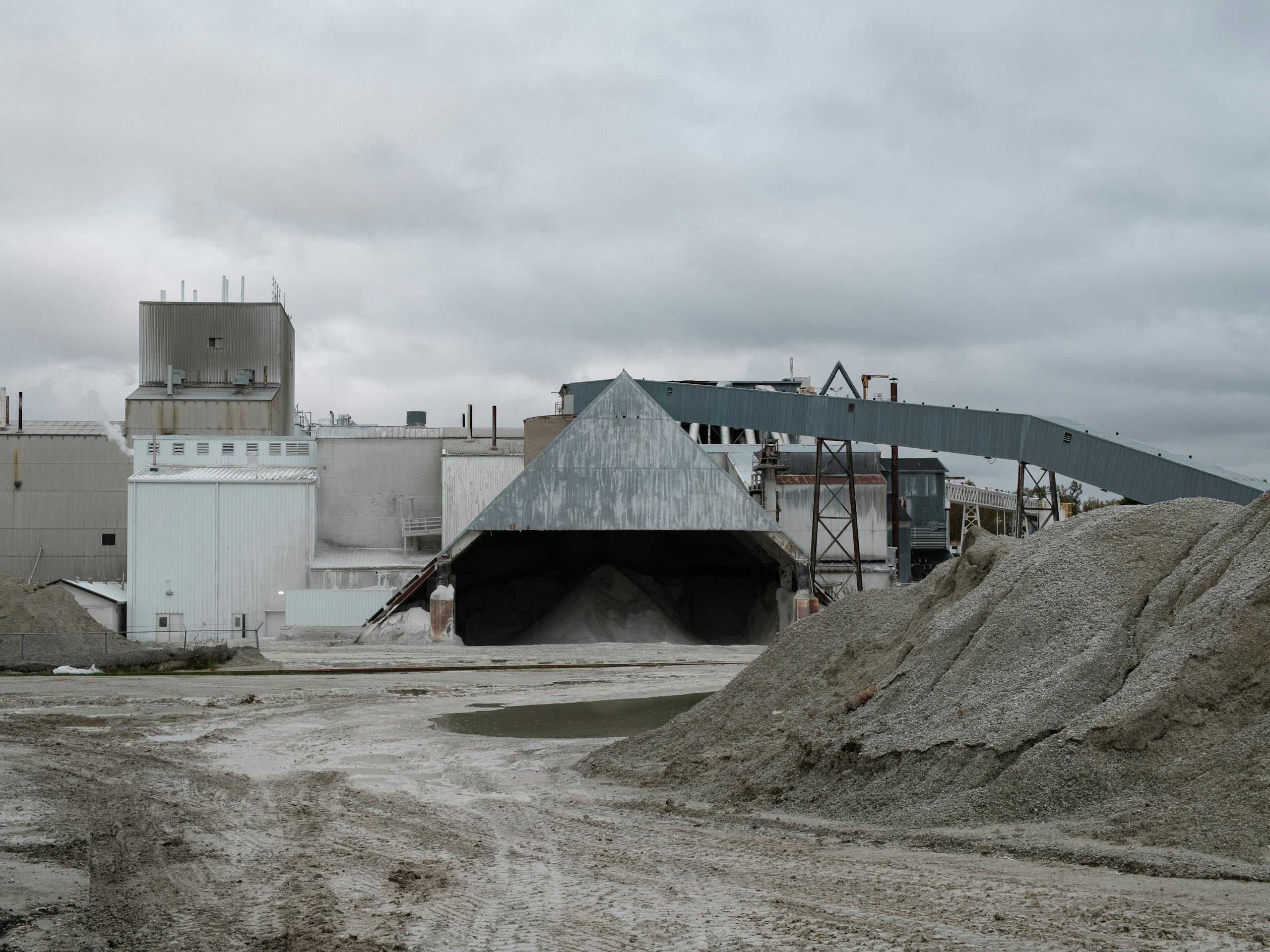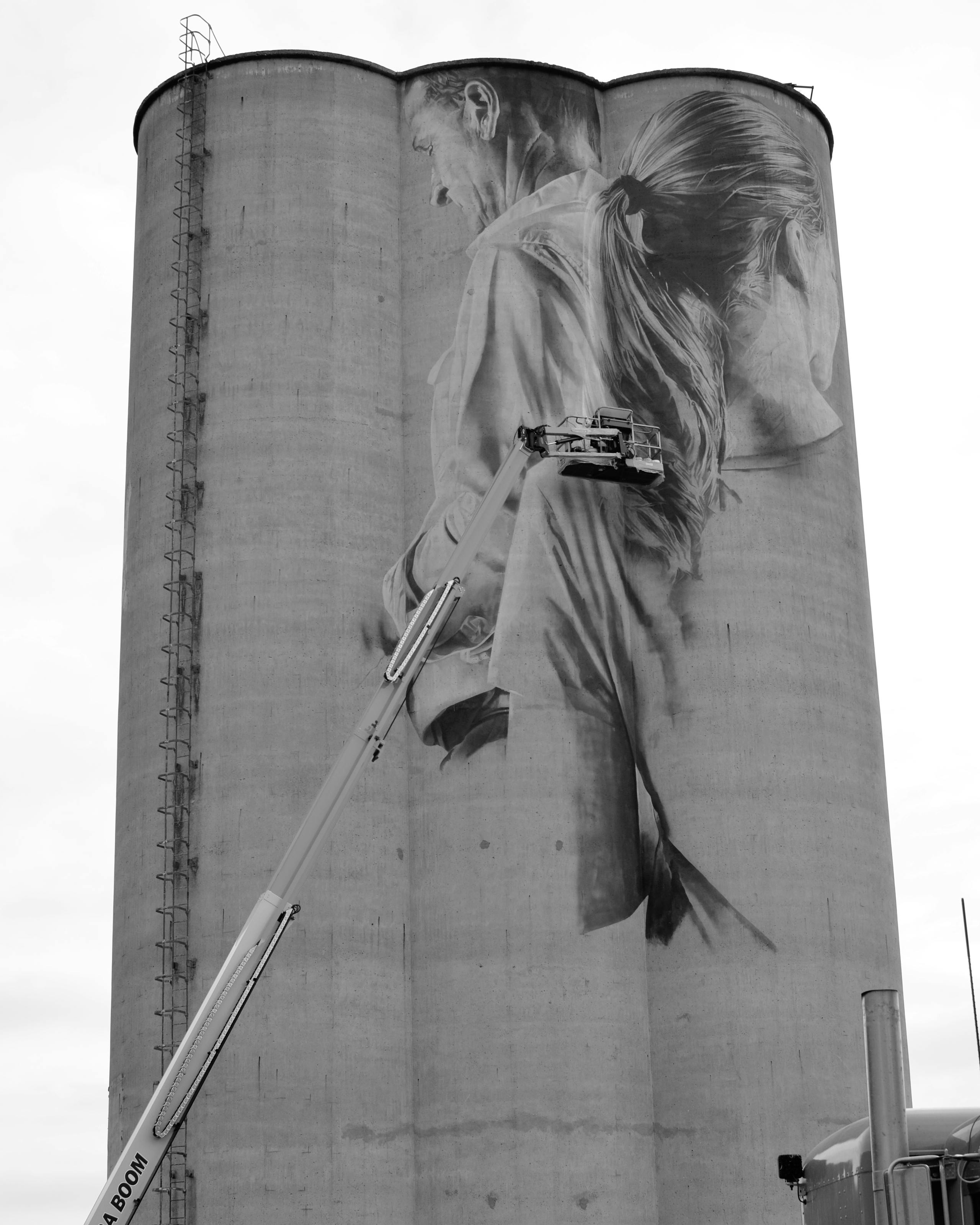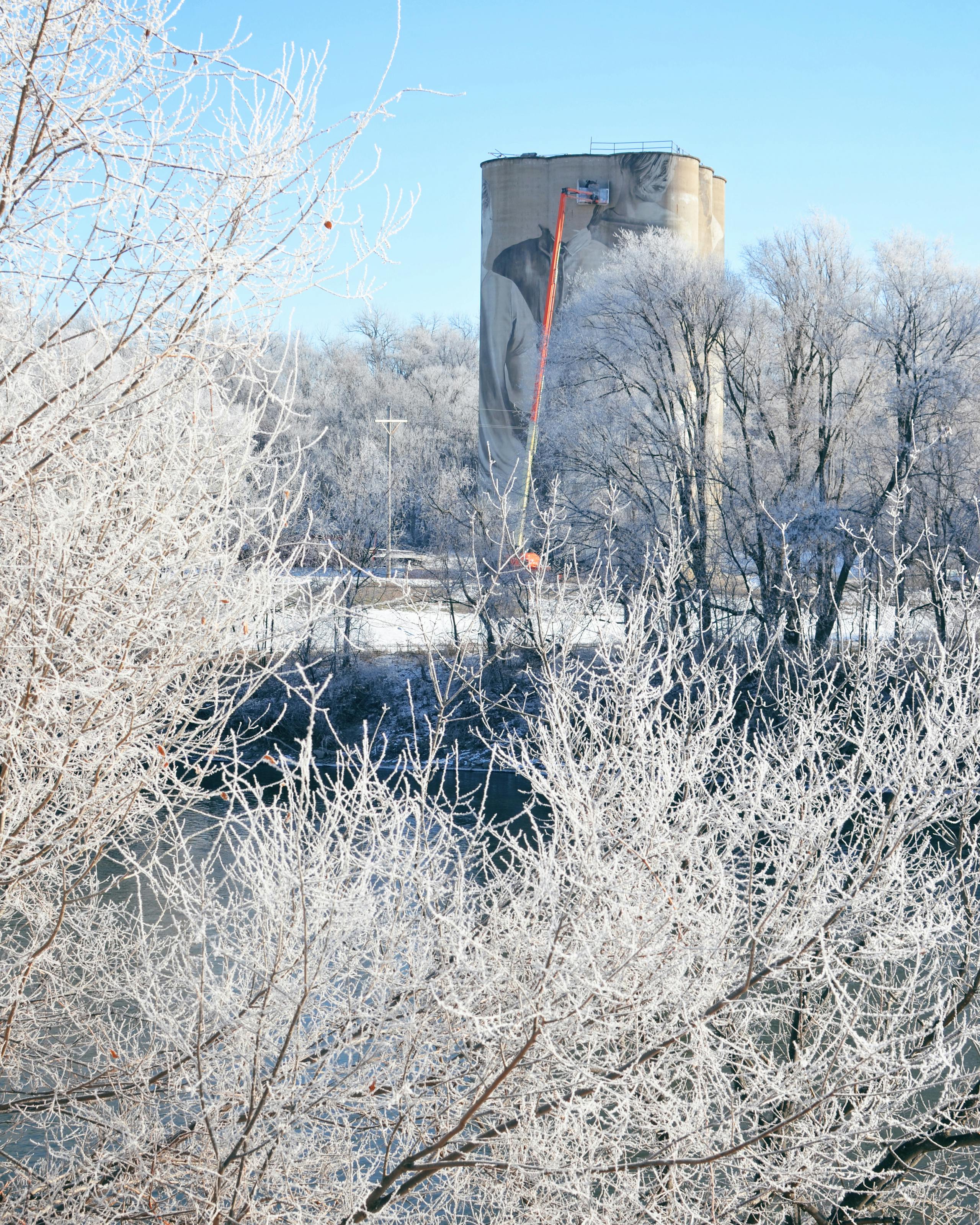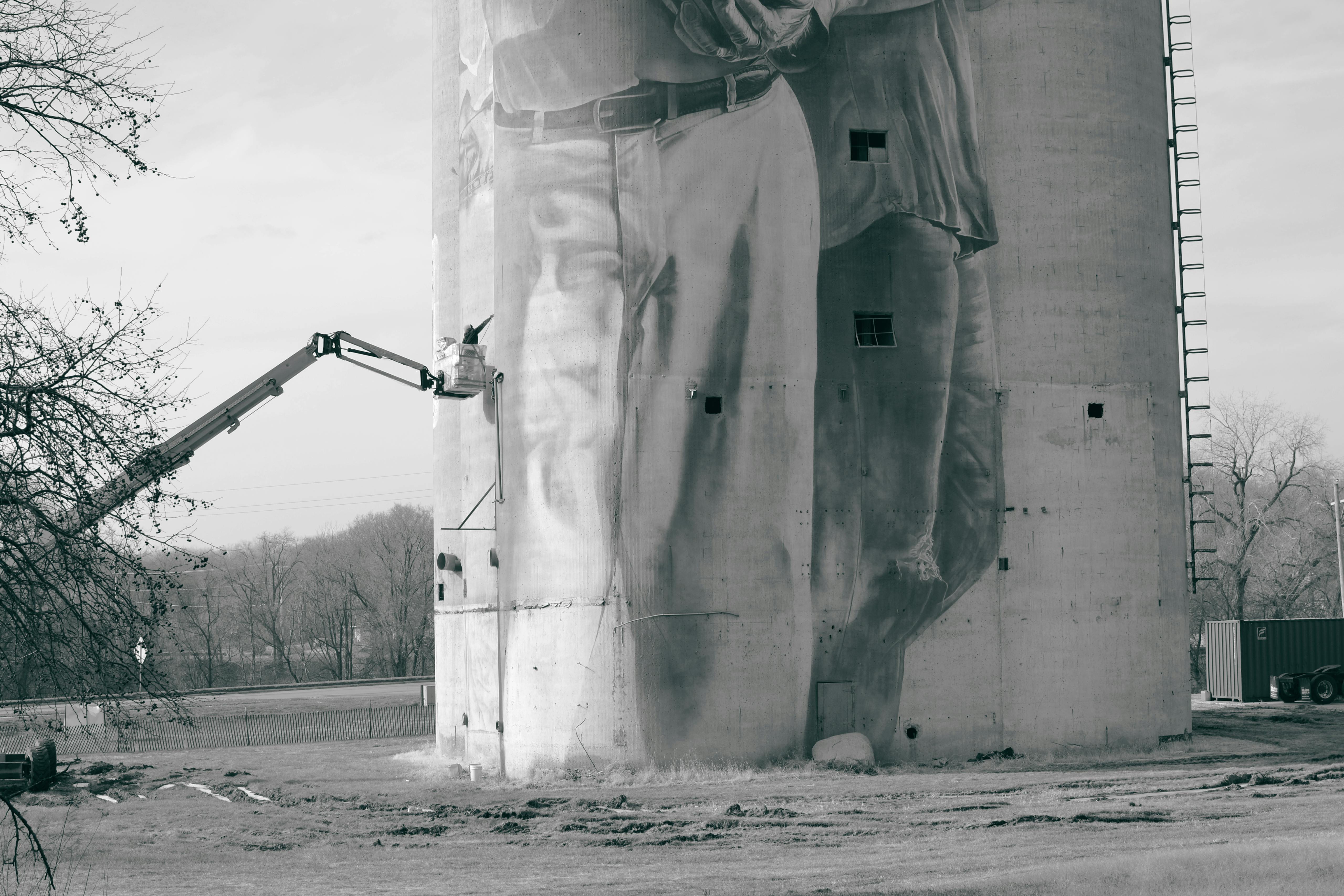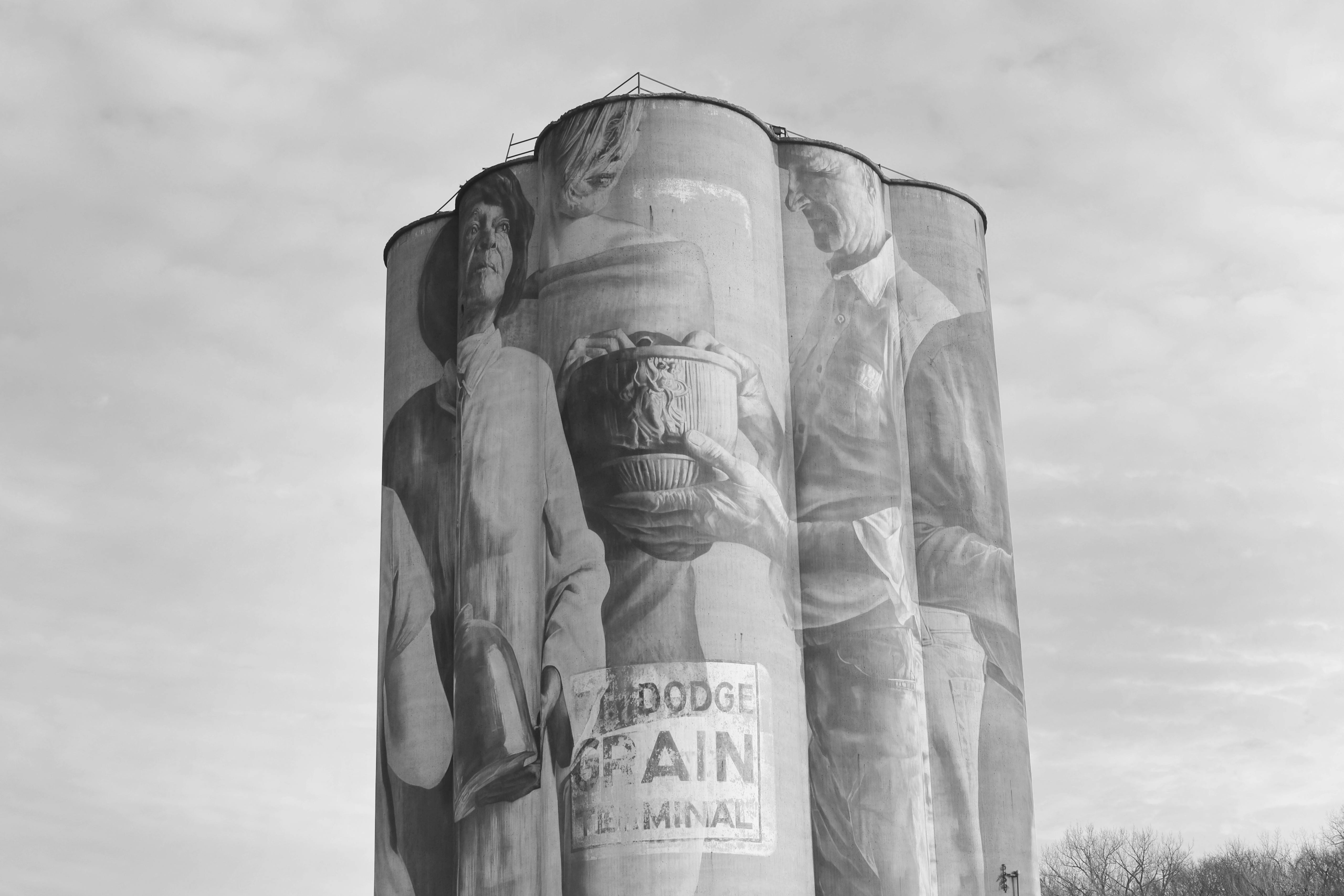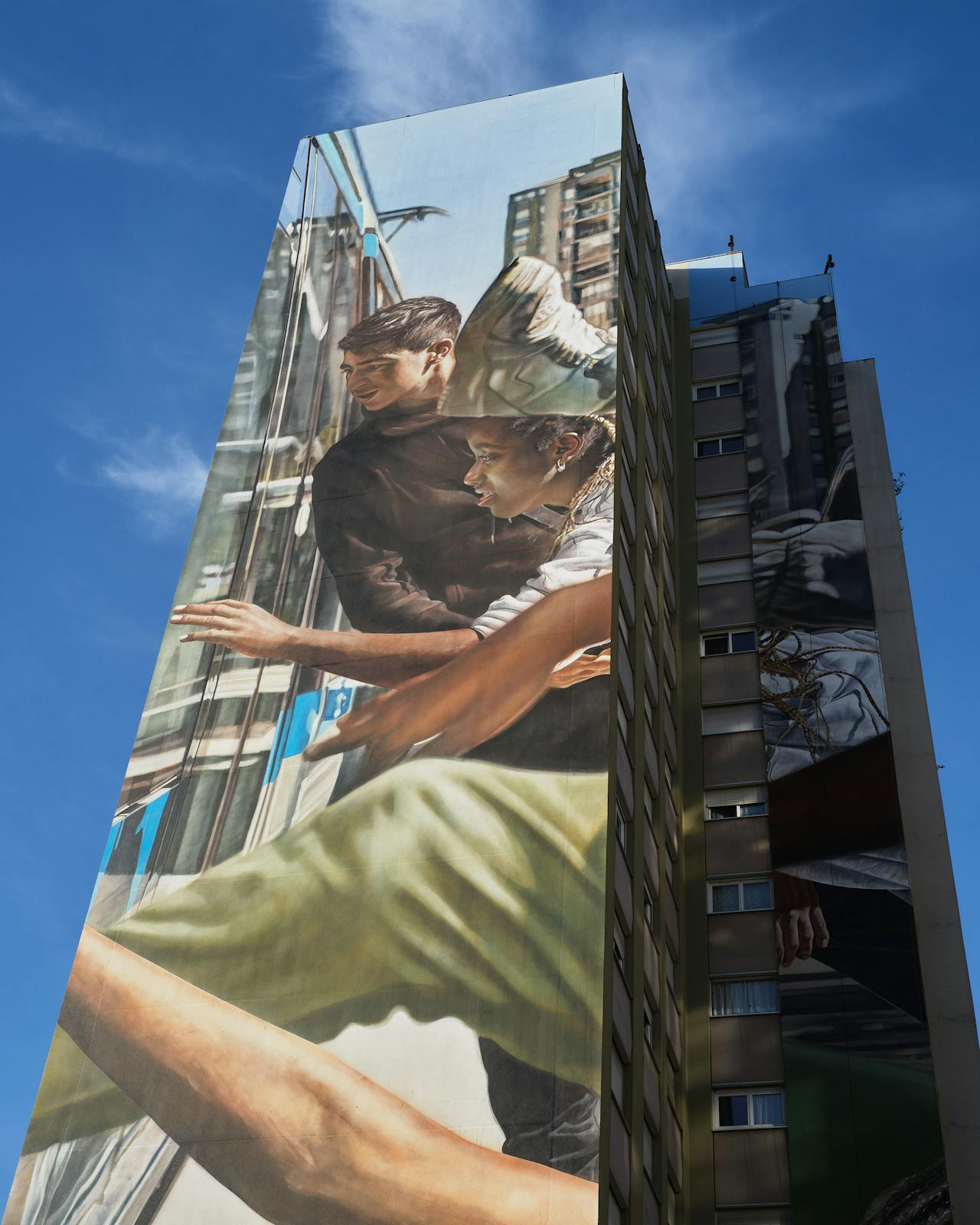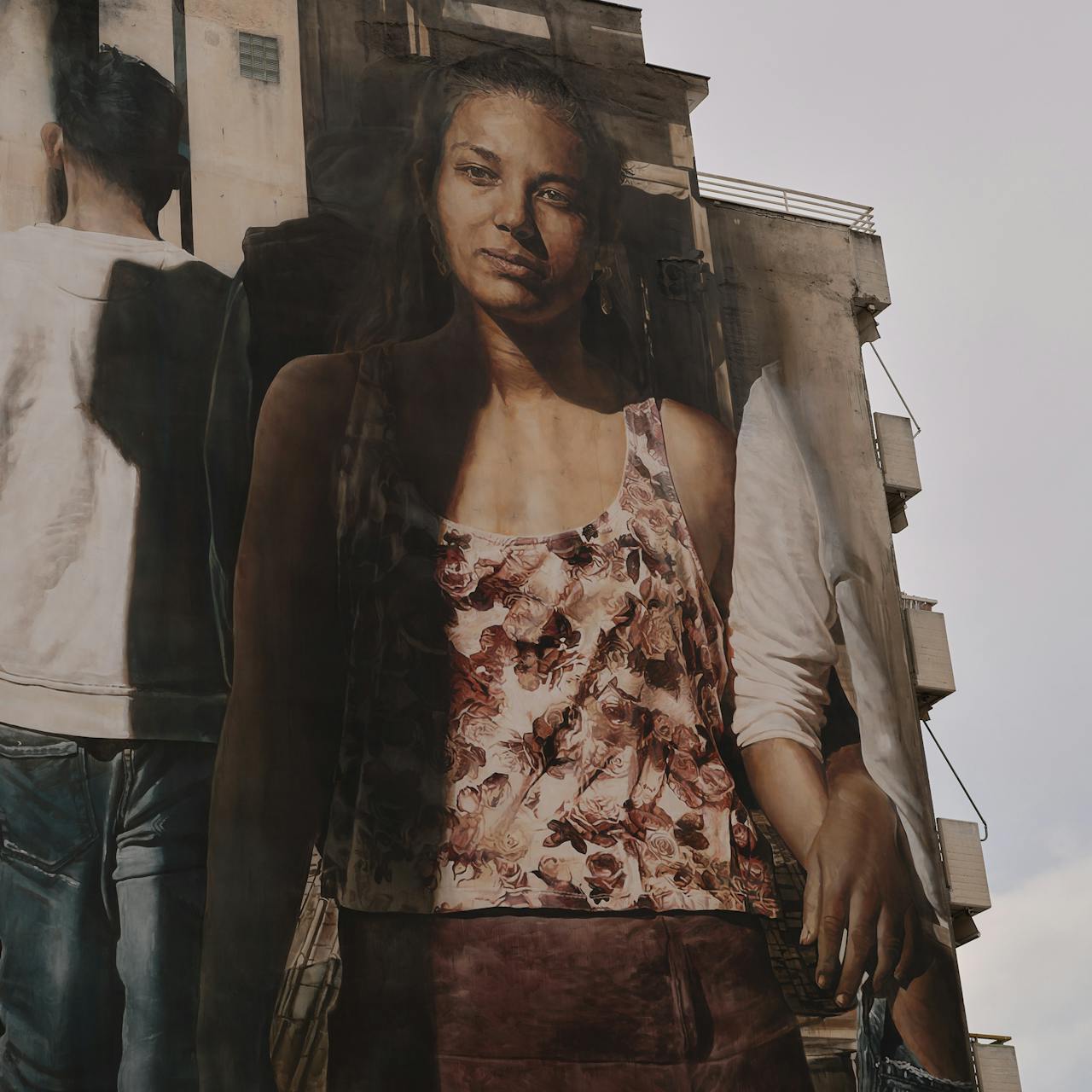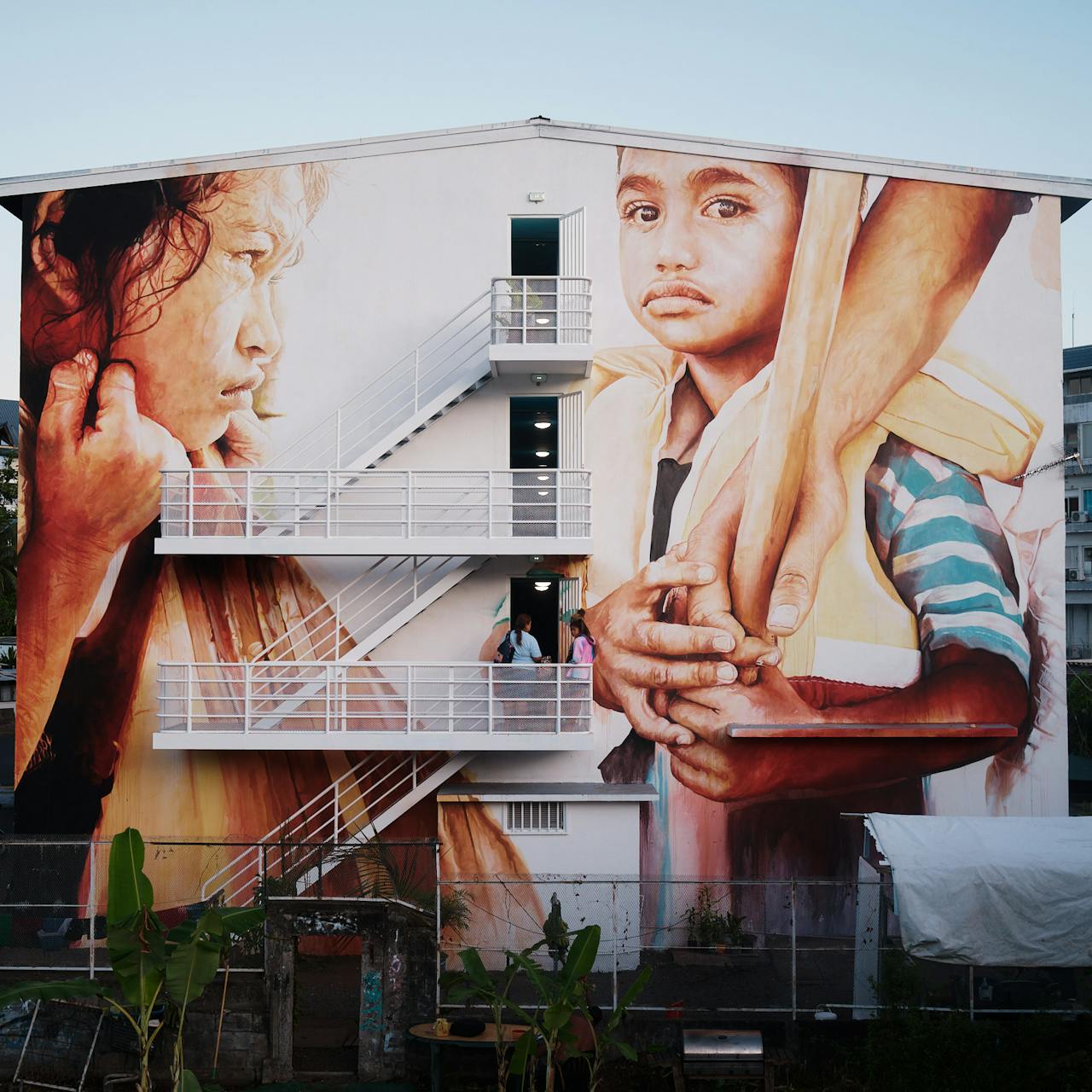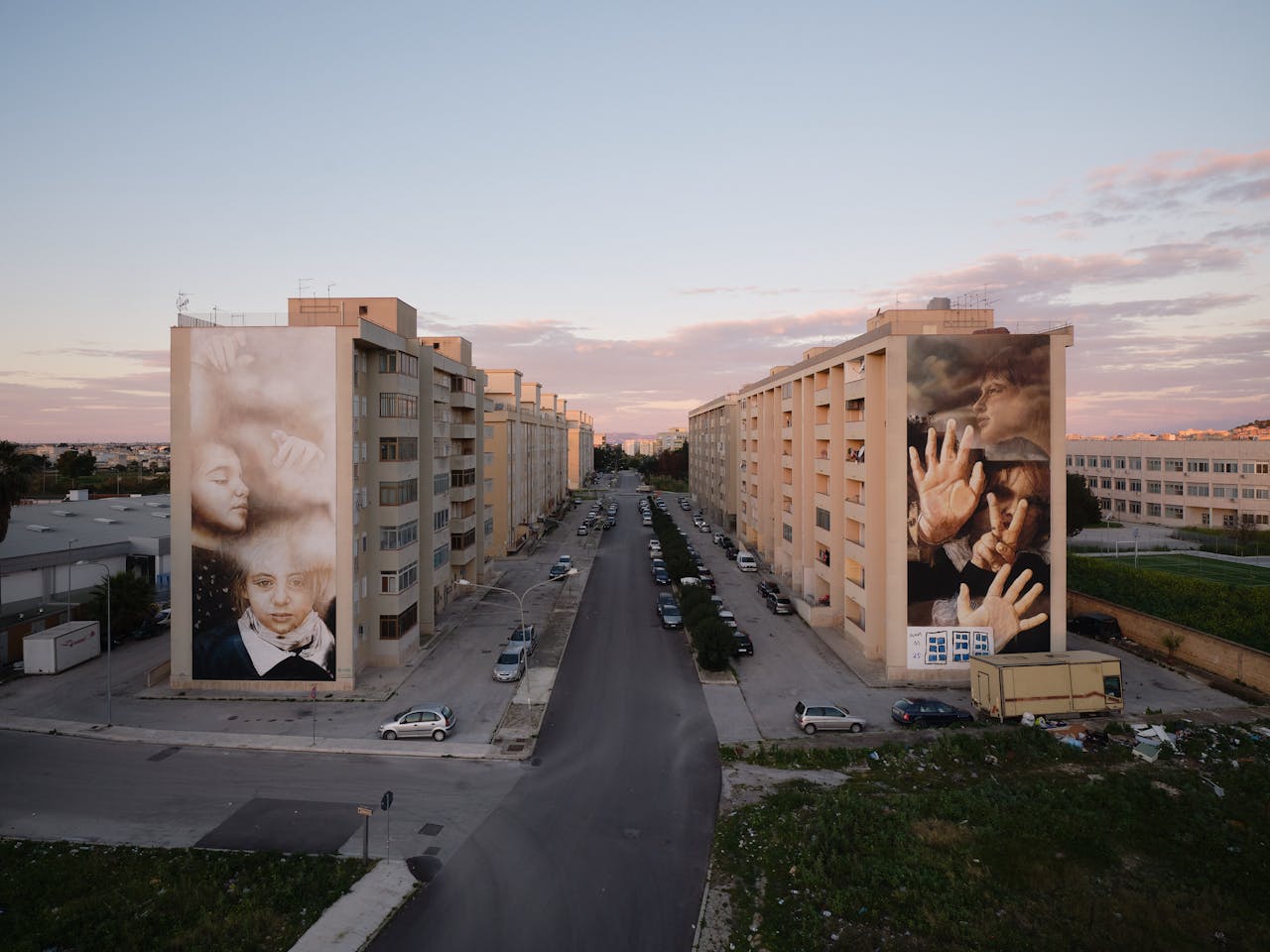Monuments Project - Iowa
Fort Dodge, Iowa,
2018
Completed mural, Fort Dodge, Iowa. December 2018 Photograph: Guido van Helten
The largest mural in the state of Iowa, this 360-degree mural on the disused Fort Dodge Grain Silo portrays archetypical figures that make up the industrial and cultural fabric of the evolving local community.
Photographs by Guido van Helten
Project Details
Project
Monuments Project - IowaLocation
Fort Dodge, IowaCommissioner
Fort Dodge Public Art CoalitionMemorabilia at the Fort Museum, Fort Dodge, Iowa, USA. September 2018 Photograph: Guido van Helten
The former Fort Dodge Grain Terminal silo stands ten storeys tall, overlooking the Des Moines River as it winds its way through the city of Fort Dodge, Iowa. With a population of approximately 25,000, Fort Dodge was founded as a military outpost but eventually became a locus of Iowa’s farming practices and other industries including gypsum and limestone mining.
The state of Iowa - Map at the Fort Museum, Fort Dodge, Iowa, USA. September 2018 Photograph: Guido van Helten
Memorabilia at the Fort Museum, Fort Dodge, Iowa, USA. September 2018 Photograph: Guido van Helten
Michael D. Smith, Iowa Heritage Illustrated (Winter 2007), Made from Mud: Iowa Potters & Potteries, 1830-1930
Fort Dodge and the surrounding Des Moines River valley region was also blessed with abundant beds of clay, prompting the establishment of a thriving pottery industry in the mid-nineteenth century – including Fort Dodge Stoneware Company and White’s Pottery Works founded by German immigrant Martin White. Producing strong, durable vessels for storing food and liquids, such potteries were invaluable to the local community – stoneware is said to have been the near universal container in nineteenth-century America.1
Pottery items at the Fort Museum, Fort Dodge, Iowa, USA. September 2018 Photograph: Guido van Helten
It is this history that Guido van Helten landed on as a point of interest for the development of the silo’s mural design. The artist spent time meeting, interviewing, and then photographing local residents modelling Iowa pottery items, creating studies for the seven characters featured in the final artwork.
These seven figures represent archetypes of modern diversity stemming largely from the migrant makeup of the Fort Dodge community, including a farmer, a teacher, student, mine worker, and African-American community leader. Each figure carries a different stoneware object, seemingly passing between them the various jars, pots, vases, and even a decorative clay figurine. These objects are stoneware artifacts housed in the collection of the nearby Fort Museum and Frontier Village – all crafted from the distinctive clay prized in the Fort Dodge area.
Pottery Items featured in the Collection at the Fort Museum, Fort Dodge, Iowa, USA. September 2018 Photograph: Guido van Helten
Pottery Items featured in the Collection at the Fort Museum, Fort Dodge, Iowa, USA. September 2018 Photograph: Guido van Helten
Frontier memorabilia at the Fort Museum, Fort Dodge, Iowa, USA. September 2018 Photograph: Guido van Helten
Although the characters depicted are meant to be representative of the community as a whole, rather than any specific individuals, the portraits are based on Van Helten’s photographic studies of local residents, including two notable personalities.
74 year-old Charlene Washington, a leader in the African-American community, arrived in Iowa from the rural South in 1964 at the height of the Civil Rights Movement, taking up an opportunity from one of several Iowa companies offering free rail tickets to economic migrants.
Dick Whitcomb is a retired war veteran and mineworker who was born and raised in Fort Dodge, leaving only to serve as a fighter pilot in during World War II, then working as a manager at one of the local gypsum plants.
Limestone Miner. Fort Dodge, Iowa, USA. May 2018 Photograph: Guido van Helten
Martin Marietta Mine. Fort Dodge, Iowa, USA. September 2018 Photograph: Guido van Helten
Jack - at the Fort Museum, Fort Dodge, Iowa, USA. September 2018 Photograph: Guido van Helten
Martin Marietta Mine. Fort Dodge, Iowa, USA. September 2018 Photograph: Guido van Helten
United States Gypsum Plant. Fort Dodge, Iowa, USA. September 2018 Photograph: Guido van Helten
By using local residents to model the regional stoneware artefacts, Van Helten wanted to evoke a sense of their collective history – the shared items become archaeological fragments exchanged between the city’s social makeup.
Guido van Helten, artist notes.
Pottery and its exchange between the characters are activities that symbolise the idealised shared values in American communities, the culmination of an evolved history to its present state. 2
Work in Progress, Fort Dodge, Iowa, USA. December 2018 Photograph: Hope Thier
Van Helten spent the cold final months of 2018 to realise the mural, designed to follow the multiple curves of the structure and provide circular, 360-degree viewpoints for onlookers.
Work in Progress, Fort Dodge, Iowa, USA. December 2018 Photograph: Hope Thier
Hand-mixed hues of earthy browns evoke the area’s early stoneware industry while carefully blending with the original surface of the disused grain silo. The artist also incorporated fragments of the original ‘Ft. Dodge Grain Terminal’ brand mark – referencing the silo’s own status as a modern Iowan artifact:
Ibid.
The Fort Dodge Grain Silo as a piece used for food storage plays into the use of pottery in the analysis of a modern Midwestern society. A 30m high example, it has been abandoned for as long as most people can remember and is now a monument to the community as it has evolved.3
Just as the raw material of clay is transformed through the processes of stoneware production, the defunct silo takes on a new utility, beauty, and value to the community through the act of painting.
Work in Progress, Fort Dodge, Iowa, USA. December 2018 Photograph: Hope Thier
Work in Progress, Fort Dodge, Iowa, USA. December 2018 Photograph: Hope Thier
Completed Mural. Fort Dodge, Iowa, USA. December 2018 Shot and Edited: Guido van Helten
The Fort Dodge Grain Silo is part of the Monuments series of silo murals Van Helten has been making in the US Midwest and South, including in Nashville, Tennessee, Faulkton, South Dakota and Mankato, Minnesota. The artist is drawn to repurpose what were once “purely functional” structures in these small rural communities – not only to commemorate the local agricultural history but also to inspire new industry in the forms of public art and tourism.
A lot of places in the Midwest have these [silos], and they are already sort of ‘monuments’ to that place's history or its industry. The architecture is purely functional in its design. So I think it's interesting to use them for a decorative purpose.4
Guido van Helten, as told to Shelby Fleig, The Des Moines Register / USA Today (December 2018), Artist uses 110-foot grain silo as canvas to create large Iowa mural
Gold Stadt (City of Gold)
Pforzheim, Germany, 2023
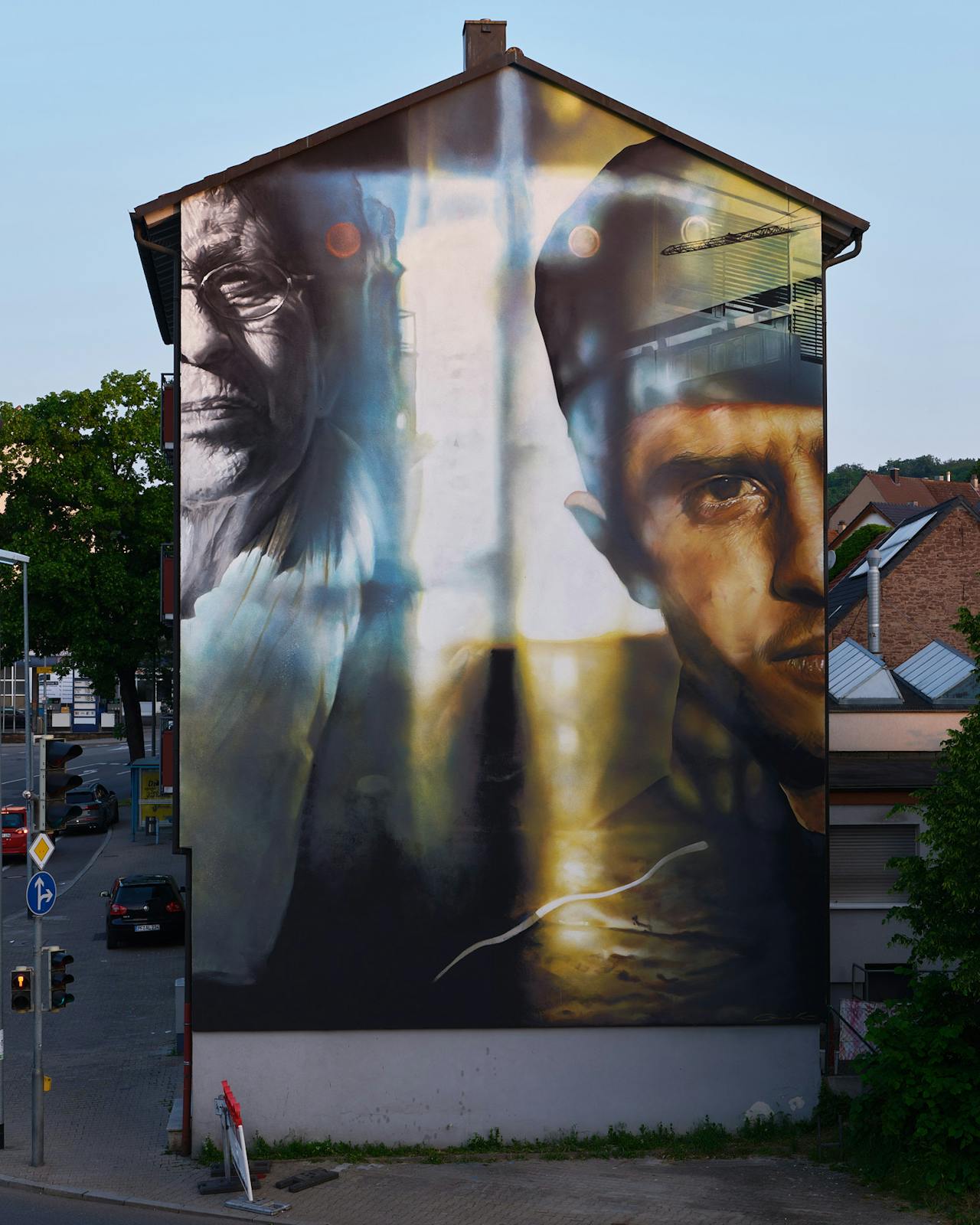
Gold Stadt (City of Gold) conjures thoughts of destruction and...
Bookbinders in Exarcheia
Exarcheia, Athens, Greece, 2021
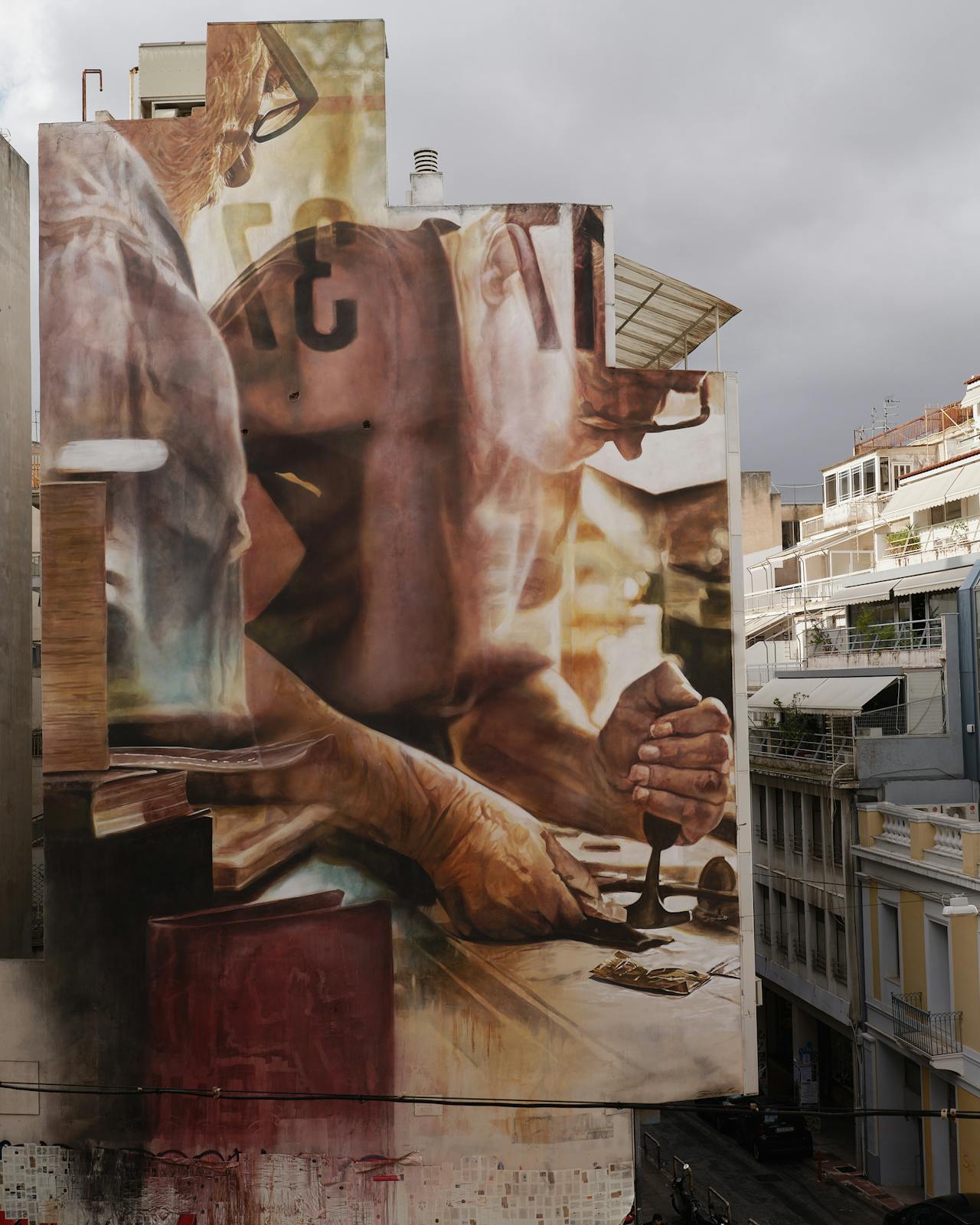
This work explores the collective identity of Exarcheia, a central...
YYC Bump
Calgary, Canada, 2019
Exploring the shared iconographic relationships and cultural usage...
Hold Water I
Azraq, Jordan, 2019
Installed on a water tower in the small community of Azraq, Jordan,...
Southern Cross University
Gold Coast, Australia, 2018
In early 2018 I was invited to create a mural at the Gold Coast...
Solar de Samaniego
Laguardia, Spain, 2016
Commissioned by Solar de Samaniego winery in the wine producing...
Melbourne Polytechnic
Melbourne, Victoria, Australia, 2017
This work visually explores the interaction of human stories and...
UPEA Festival I
Helsinki, Finland, 2016
Muistot Unelmien'(Remembering a Dream) Painted in Helsinki Finland...
A Portrait of an Artist: Collaboration with Selina Miles
Grímsey, Iceland, 2015
In August 2015, film director Selina Miles travelled with artist...
Back Alley Gallery
Lismore, New South Wales, 2016
Titled 'Willow' after the subject of the painting this piece was...
Urban Myths
Minsk, Belarus, 2015
In late 2015 I was invited to participate in the Urban Myths...
Lily of the Valley
Kiev, Ukraine, 2015
конвалія (Lily of the Valley) painted as part of CityArt project in...
Akureyravaka
Akureyri, Iceland, 2014
'Painted for Akureyrarvaka Menningarnótt (culture night) in 2014...

